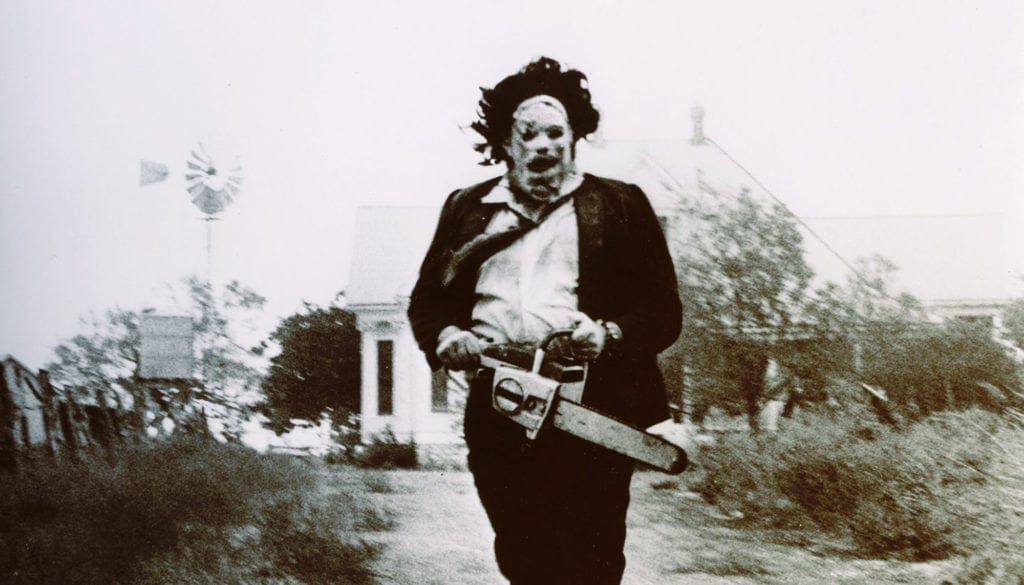
Avoid the reject pile: Give your treatments the treatment
When I worked in film and drama development, I was an executioner for a big studio. Writers typed up treatments and sent in their precious babies for my consideration. 90% would go straight in the shredder. It was then my dismal job to copy and paste the email I sent all rejected writers, explaining why their baby hadn’t made the cut. I could do this because they nearly always made the same mistakes.
So, to save writers’ babies and development execs’ over-used shredding machines, here is a list of the most common treatment blunders. Avoid them and you may just make it into the mythical “consider” pile. (Yes, it does exist.)
1. Incorrect length
Treatment length is a contested issue – some say a page, some say up to ten. To play it safe, keep it short. Development execs are busy people and so are their assistants. Your treatment should include title, logline, key character bios, and a synopsis. If you can keep all this to two pages or less (at regular size 12pt font now, don’t be a smartass), the executioner will at least be grateful for your concise work. Less is always more if you’re trying to impress a busy person.

2. Off-brand
More often than you would believe possible, writers submit a treatment so unsuited to the production company’s brand, you wonder if they’re from another planet. Make sure the people you’re pitching to produce the kind of film you’re selling. If they make family-friendly blockbusters, don’t pitch a niche thriller about drug smuggling – or the other way around. If you really think your concept is a new but positive direction for that producer, explain why. On the flip-side of this point, you must make sure it’s not . . .
3. Too on-brand
Sometimes a writer pitches an idea that’s on-brand and ticks every box – but it’s already on screens. It’s surprising how many writers send a treatment that’s a dead ringer for a show already in its second season – just with a different title. Make sure you’re bringing something new to the table.
Now and again, two almost identical treatments will arrive from two separate writers, who just happened to have the same brilliant idea. In this case, you better hope you’ve got some good references and a solid track record to beat your opponent. When I say “track record”, that includes social media. Believe it or not, some bigger studios check if you are on brand, too.

4. Cliché characters
Development people are bored of seeing the same stereotypes. The tortured ex-soldier, the gorgeous bimbo, a mysterious black man . . . these tropes will be the death of your treatment. Never, ever describe your character as a “typical” anything – it immediately sets off the alarm bells. Instead, illustrate what makes your characters refreshing and give them a unique flaw. Audiences continue to cry out for strong, complex minority and female characters, so be the writer who provides that.
5. Passive protagonist
This one kills thousands of pitches. It’s an epidemic. Please, please give the producer a protagonist who advances the plot proactively. If you’ve got some unlucky shlimazl that things happen to, or someone else solves their problems, the audience will really struggle to invest in them. Make it clear what the protagonist does to move the story along. Whether the decision improves the situation or turns out to be a massive mistake, at least he or she is taking action.
6. Tone of writing
Tone can be callenging to balance, but very effective if you get it right. To help the reader get a deeper sense of your story – and you as a writer – write your treatment in the same tone as your film. A flat, matter-of-fact treatment just listing the facts won’t get anyone’s heart racing. On the other hand, go too zany or dark and your treatment will annoy even the most patient of execs. Nobody likes an over-zealous salesman.
![]()
7. Synopsis focus
Writing a synopsis is an art in itself, but this is where you make or break your treatment. Do not include or describe dialogue in a synopsis. Ever. The synopsis should detail action only; sum up a dialogue-heavy scene as a “lighthearted discussion” or “tense confrontation” if you must. All the exec needs to know is what events and story beats come out of a conversation between characters. At the very most, quote an illuminating line of dialogue in a character bio or one piece of description that really sets the scene.
8. Premature revelations
Of course you’re really proud of that shocking twist. Of course you want the exec to know about it ASAP so they can see how brilliant your story is. But do not reveal the plot twist until the audience finds out about the events in said plot twist. If the first half of your synopsis is boring without this information, then you have a much bigger problem on your hands. The exec wants to read your synopsis as a potential viewer would watch it on screens – and giving away the big reveal too soon removes your hard-earned tension.

9. Comparing to other films
Your film or drama should speak for itself, so don’t try to sell it as the “next” anything or compare it to pre-existing hits. Leave that to the execs. Finding the new Westworld-meets-Breaking Bad is how they make themselves feel good.
10. Over-complicated story
Small issue, really. Tiny. I am, of course, joking. You could do everything else right and then ruin it all at this last hurdle. If your synopsis doesn’t make sense, you’re either a bad writer or your concept is too complicated. Either way, your treatment’s going to be getting awfully close to that shredder. Keep your synopsis snappy and to the point, make sure your plot is neatly tied up and your hero’s journey clear, and get a fresh reader to make sure the damn thing makes sense.







